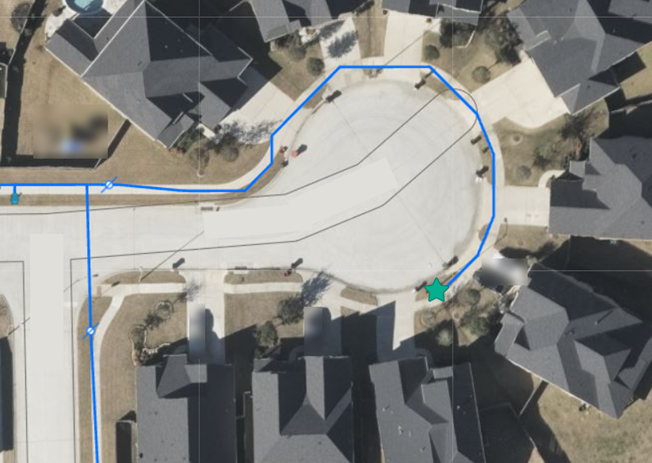Have you ever gone out for a mid-morning walk in your neighborhood only to find water flowing out of a fire hydrant or a nearby valve box? This can be a concerning sight for many as it appears significant amounts of water are flowing straight into the storm sewer unused and wasted. You may be surprised to learn this process, called dead end flushing, is an integral part of keeping the water in your system fresh, as well as a requirement by the Texas Commission on Environmental Quality (TCEQ).
The groundwater (water that comes from underground aquifers) flowing into homes and businesses in Northwest Harris County MUD 5 is currently treated with a form of chlorine that makes the water safe to drink. Over time, the chlorine residual in the water will decline. In most parts of the water distribution system, this is no problem as customers all over the district are pulling fresh water into the underground pipes regularly via sinks, showers, washing machines, dishwashers, and irrigation systems. However, in some locations, we have what are called dead ends.
Dead ends are typically found in neighborhood streets with cul-de-sacs at the end. The water line runs down one side of the street, curves around part of the cul-de-sac, and ends with a valve that can be opened to flush water out of the pipes. The water in the pipe between the last connection and the dead end can lose chlorine residual over time, thus requiring the District’s operator to flush water through the dead end valve (A.K.A. blow off valve) and pull fresh water into the end of the pipe. Best practice, and TCEQ regulations, require this to be done at least once per month.
So now that you know a little bit more about the intricacies of operating a water distribution system, we hope you can rest easy knowing the water in Northwest Harris County MUD 5 is clean and safe to drink.
